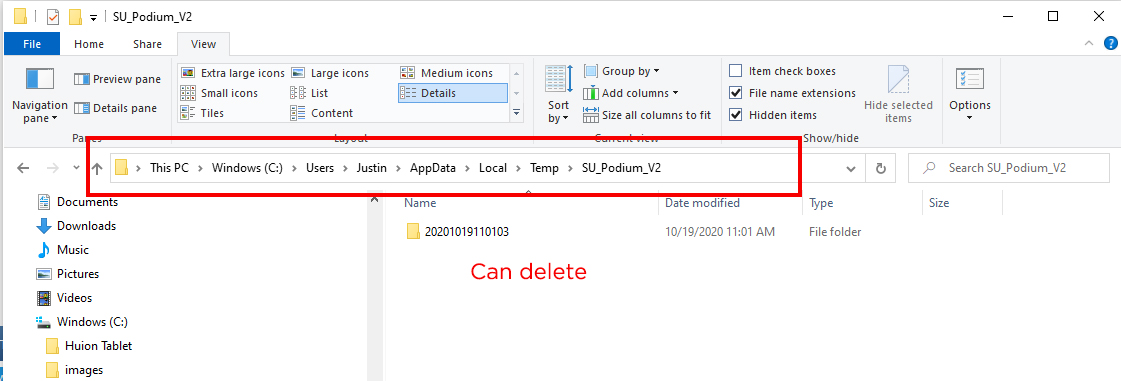

These are represented by geometry in SketchUp to set the insertion point, but are calculated as having a physical size which is determines light output. Lights: In the Lights section, note that there is an option to physically set the default size of omni lights. Note that this can be overridden for individual materials, using the 'Edge Smoothing' control on the Materials dialog. Fullscreen is fully automatic, and generally produces high quality results. The first is Adaptive, which allows for individual antialiasing properties to be configured. These are located here:Īntialiasing: The Antialiasing section is notable in that there are two basic options. When you load presets, the dialog box will not automatically find the preset folder. You can modify existing presets while SketchUp is running without difficulty. Note that if you create a new preset while SketchUp is running, Podium will not list the preset in the main dialog box until you restart SketchUp.
#SU PODIUM V2.5 PLUS I NESSASARY FOR PRODUCT DESIGN HOW TO#
It is possible to bypass the protection, but we're not going to tell you how to do that in this tutorial! The editor prevents you from over-writing the standard presets. It can be very difficult to manage and track changes, so revision control and naming of the various saved files is very important.Īs a rule - ALWAYS create new presets and NEVER modify the existing ones. It is easy to change values and forget what you have done, and when you render, find that your preset doesn't produce a satisfactory result. It is a bad idea to modify the standard presets.

One of the existing presets as a template. The Create Button allows you to create a new preset from scratch. The Toolbar has the basic commands for creating, modifying and saving presets. Guidance notes on usage and configuration of the selected parameter.The detailed parameters grouped by type.The first time you open the editor, you will see that there are 4 parts to the interface:


 0 kommentar(er)
0 kommentar(er)
